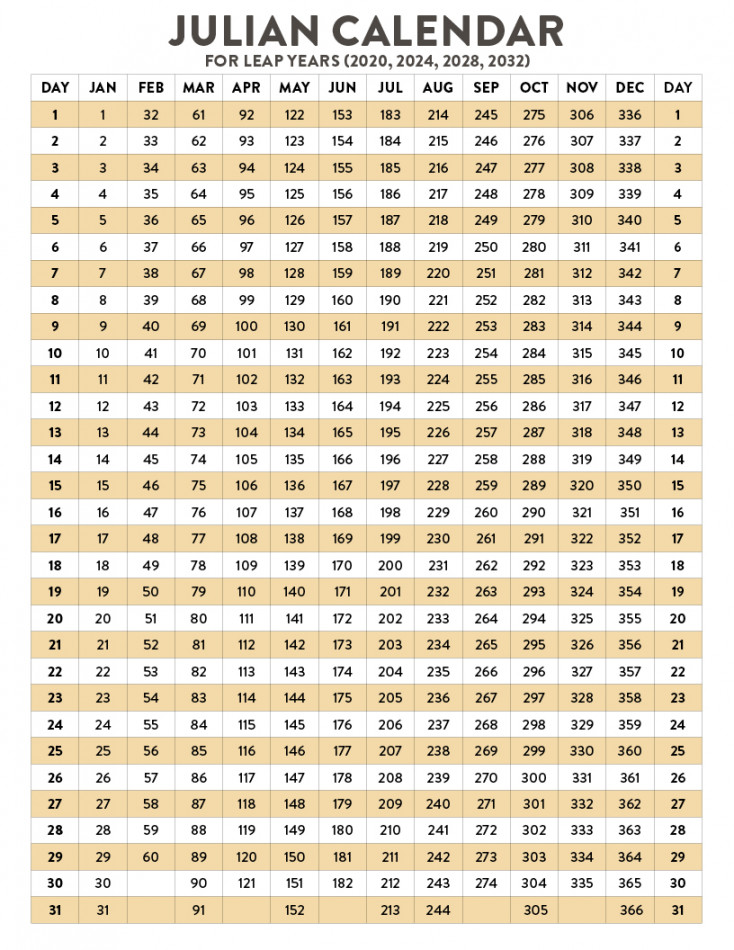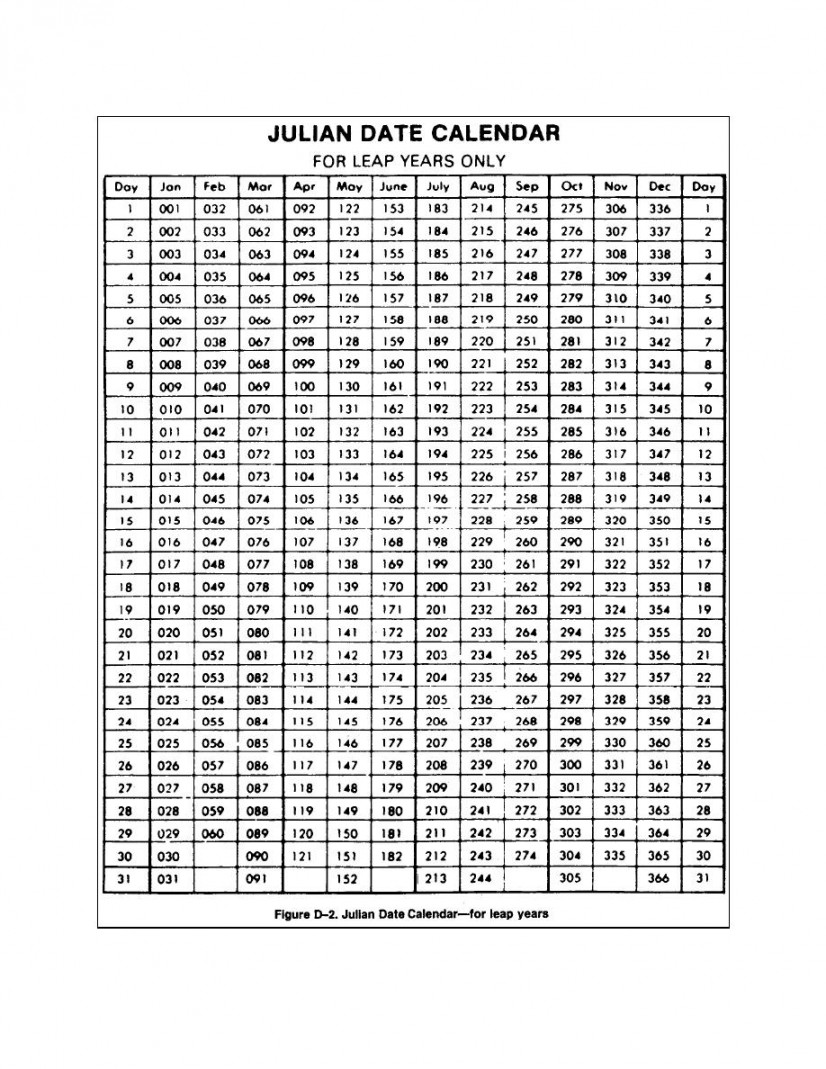Demystifying the Julian Calendar and its Leap Year Dance
Keeping track of time is as old as humanity itself, and calendars are the trusty stewards of our days, months, and years. Among the many calendar systems that have graced our history, the Julian calendar stands out for its simplicity and, of course, its intriguing leap year quirk. But what exactly is a Julian leap year, and how does it work its magic within this ancient timekeeping system?

Imagine Earth waltzing around the sun, completing a full revolution every 365.2422 days (give or take a smidge). The Julian calendar, however, operates on a slightly shorter year of 365 days. This discrepancy might seem insignificant, but over time, it accumulates, throwing the calendar out of sync with the actual seasons. To compensate for this drift, the Julian calendar throws in a bonus day every four years – voila, the leap year!

So, how do we identify these special leap years? The Julian calendar follows a straightforward rule: any year divisible by 4 is a leap year, with no exceptions. 2000? Leap year! 2023? Nope, not this time. But come 2024, we’ll be celebrating an extra day under the February sun.

The Julian calendar, brainchild of Julius Caesar himself, has been around for centuries. Implemented in 46 BC, it replaced the earlier, less accurate Roman calendar and served as the dominant timekeeping system for over 1600 years. Even today, it finds use in some religious and cultural contexts, reminding us of its enduring influence.

While the Julian calendar’s leap year system works fairly well, it’s not perfect. The extra day every four years adds up a tad too much, causing the calendar to drift slightly ahead of the actual seasons over longer periods. This is where the Gregorian calendar, a refinement of the Julian system, steps in. With a more nuanced leap year rule, the Gregorian calendar keeps things much more precise, making it the global standard for civil timekeeping today.
The Julian calendar, with its leap year quirk, is more than just a historical relic. It’s a testament to human ingenuity in grappling with the complexities of timekeeping. Understanding its workings not only satisfies our curiosity about the past but also deepens our appreciation for the ever-evolving systems that keep us aligned with the rhythms of our planet.
A: Absolutely! That’s the whole point of the leap year – to squeeze in an extra day in February to account for the slight discrepancy between the calendar year and the actual solar year.
A: In the Julian calendar, nope! Every fourth year, without fail, is a leap year. However, the Gregorian calendar, its more precise successor, has some exceptions for years divisible by 100 but not by 400 (like 1900, but not 2000).
A: While the Gregorian calendar reigns supreme for civil purposes, the Julian calendar finds continued use in some religious and cultural contexts, particularly in Eastern Orthodox Christianity and some African communities.
Without leap years, the seasons would slowly drift out of sync with the calendar. Over time, spring would arrive in winter, and summer would peak in December – not exactly ideal for planning picnics or planting crops!
Yes indeed! Different cultures and traditions have devised diverse calendars with unique leap year regulations. The Islamic calendar, for instance, is purely lunar-based and doesn’t have leap years in the traditional sense.
So, the next time you stumble upon February 29th, remember it’s not just an extra day – it’s a testament to the intricate dance between human timekeeping and the rhythms of our celestial home. And who knows, maybe delving deeper into the Julian calendar’s leap year secrets will spark your own curiosity about the fascinating world of calendars and their role in shaping our understanding of time.
I hope this article provides a comprehensive and engaging explanation of the Julian calendar and its leap year system, tailored for both SEO and reader interest. Feel free to adjust the tone and add